NASA Astronomy Picture of the Day 11 February 2023: Stunning Magellanic Clouds
NASA’s Astronomy Picture of the Day is a stunning view of Magellanic Clouds in the night sky over Chile. What is this? Check here.
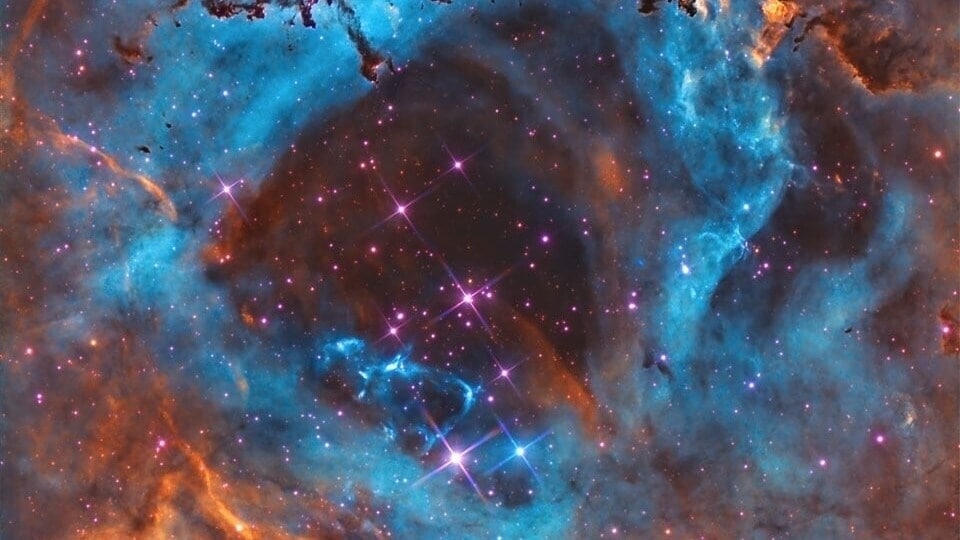
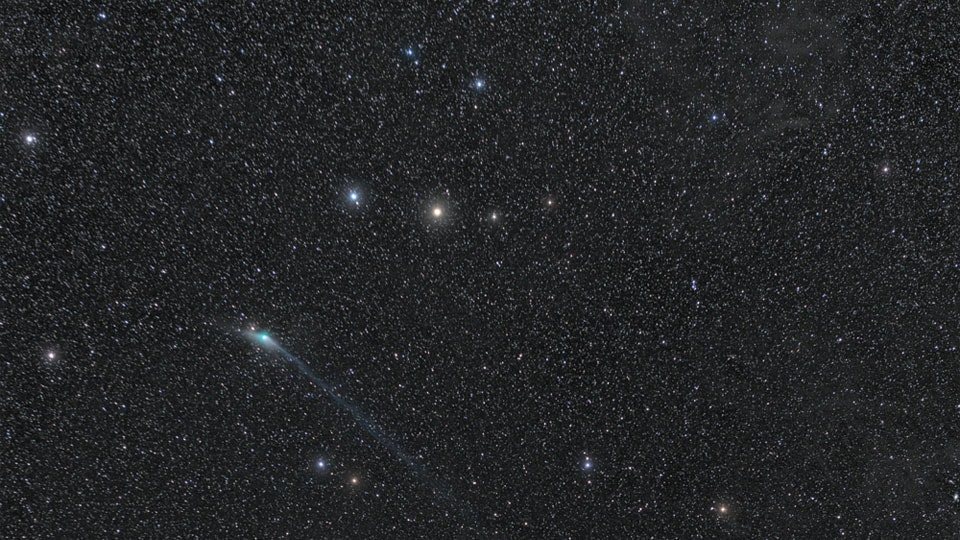
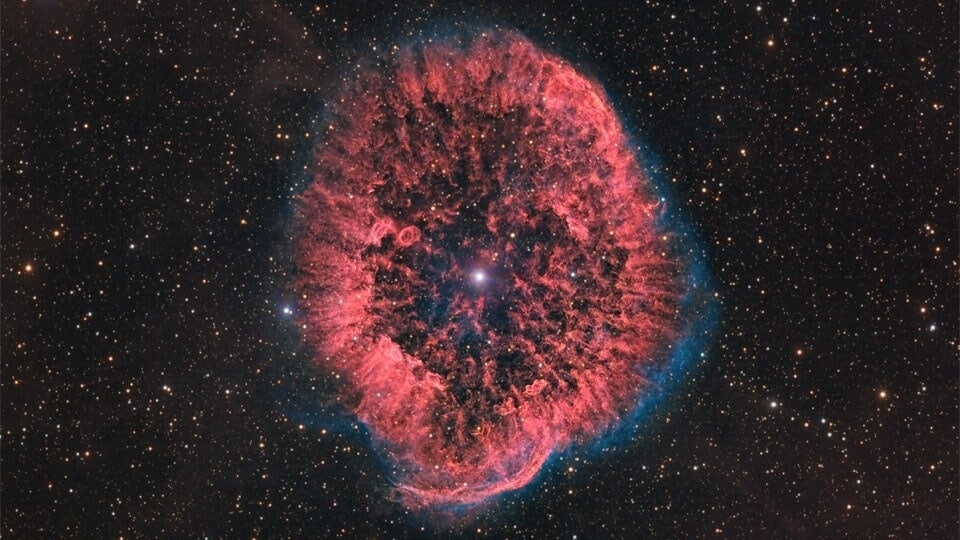
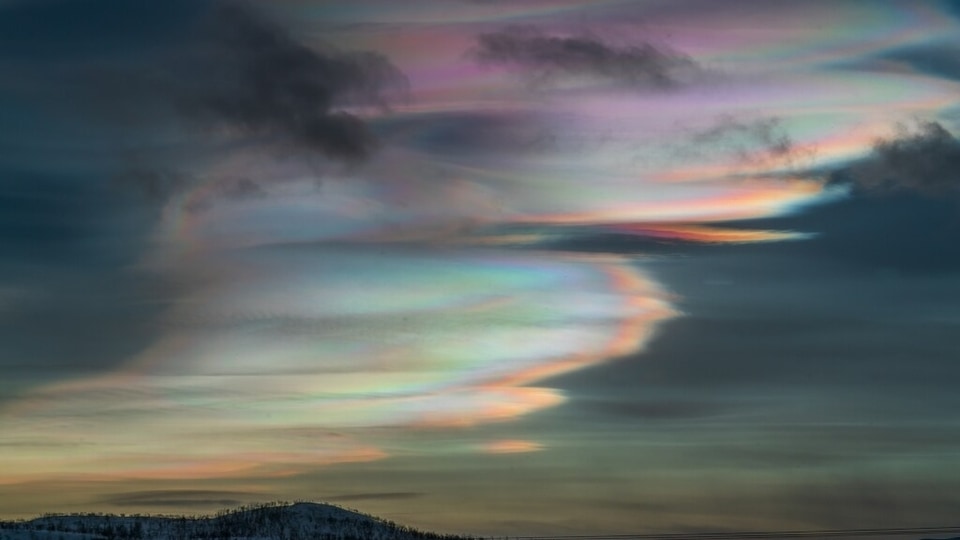
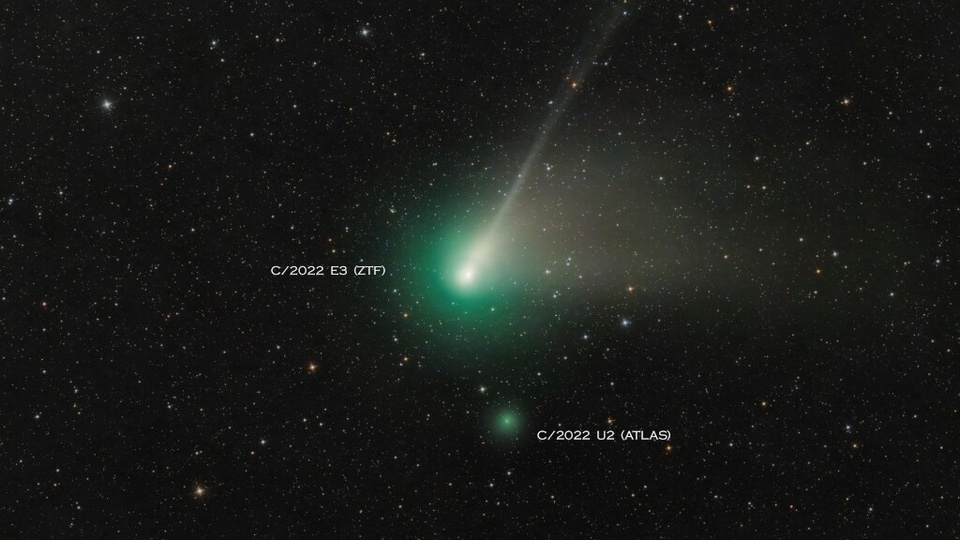
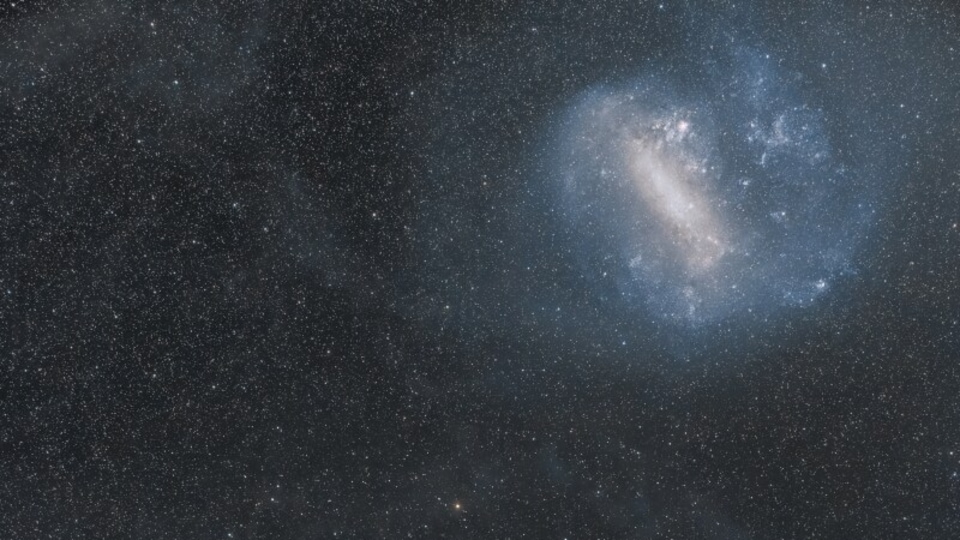
 View all Images
View all ImagesThere are a number of satellite galaxies in the Milky Way Galaxy, but the largest is the Large Magellanic Cloud. This is what has been featured in today's NASA Astronomy Picture of the Day. The space agency shared an image representing two prominent clouds in this Chilean Atacama Desert skyscape captured on January 21. But the reality is that they actually lie beyond our Milky Way - known as the Large and the Small Magellanic Clouds. These were named for the 16th-century Portuguese explorer Ferdinand Magellan, leader of the team that first circumnavigated planet Earth.
“Famous jewels of southern hemisphere skies, they are the brightest satellite galaxies of the Milky Way. The larger cloud is some 160000 light-years, and the smaller 210000 light-years distant,” NASA explained about the photo. Both the Large and Small Magellanic Clouds are irregular dwarf galaxies, but they both show central barred structures when viewed through a wide-angle lens. In-depth and wide exposures also uncover faint nebular dust clouds, known as galactic cirrus, as well as the effects of gravitational tidal interactions between the two Magellanic Clouds.
The Large Magellanic Cloud is characterized by its many star-forming regions. From the Tarantula Nebula, the most radiant star-forming region in our vicinity, to LHA 120-N 11, which is partially depicted in this image captured by the Hubble Space Telescope, the small and irregular galaxy is speckled with bright nebulae, the most prominent indication that new stars are being formed, NASA explained.
What is a satellite galaxy?
The sun is one of the numerous stars in the Milky Way galaxy, with hundreds of billions of stars orbiting the center of the galaxy. However, there are even larger structures that orbit the center of the Milky Way. These are other galaxies, each containing its own remarkable collection of stars, which all orbit their own centers, but the galaxies and everything in them also orbit our Milky Way galaxy. It's like the Milky Way is the sun and these other galaxies are planets, which astronomers refer to as "satellite galaxies."
Catch all the Latest Tech News, Mobile News, Laptop News, Gaming news, Wearables News , How To News, also keep up with us on Whatsapp channel,Twitter, Facebook, Google News, and Instagram. For our latest videos, subscribe to our YouTube channel.
































